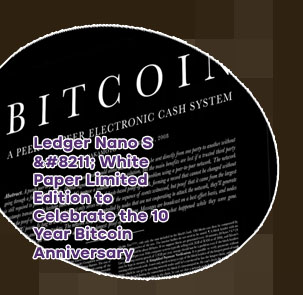
Bitcoin white anniversary celebrated decentralized
The bitcoin white paper is 15 years old. Here's what it is and who people think its mysterious author could be.
Since Bitcoin transactions are broadcast to nodes and recorded on a public ledger, privacy is maintained using anonymous public keys. The public key is an address to a Bitcoin wallet, which doesn't contain any information about the owner of the wallet. The white paper notes that a new key pair (with a new address) should be used for each transaction to preserve privacy. Bitcoin white paper explained At the end of October 2008, an unidentified individual or group on people under the pseudonym Satoshi Nakamoto published a paper to a mailing list called Metzdowd titled, "Bitcoin: A Peer-to-Peer Electronic Cash System."
Bitcoin white paper celebrated
The Bitcoin white paper, officially titled "Bitcoin: A Peer-to-Peer Electronic Cash System," emerged following the global financial crisis of 2008, which left many disillusioned with traditional banking. Which crypto assets are you most interested in? In the White Paper, Satoshi described Bitcoin as “a purely peer-to-peer version of electronic cash.” Not only did the paper propose “a solution to the double-spending problem,” the technology created a tamper-proof system of recording transactions with timestamps.
Abonnieren Sie unseren Newsletter
For context, the said Bitcoin would have been worth roughly $640 million at BTC’s all-time highs last November and or about $300 million in today’s value. Gensler evokes Satoshi in Halloween post on Bitcoin anniversary, warns crypto firms to stop 'tricking' investors and 'treat' them with compliance instead Over time, Bitcoin has also become a real investment, now traded on a par with classic stocks, commodities or stock market indices. For this reason, there is an increasing need for information, training and suggestions in order to invest in the new market in a responsible way.